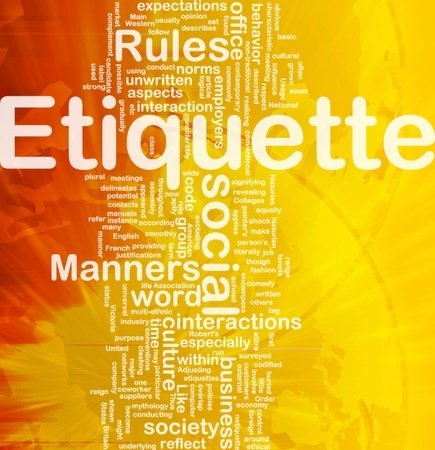How Introductions Are Changing

Introductions are a first step in conversation with someone you’ve never met before. They are necessary for engagement and for helping others feel comfortable.
However, the opportunities for networking and engaging with others have primarily moved to virtual platforms. And sadly, for now anyway, the handshake – that universal “hello, welcome” and deal-sealer – is out of the picture. Yet, it is still important to know something about the person we will be communicating with in whatever context or environment that communication will take place.
How do we properly make introductions in a mostly virtual world?
Somewhere and Nowhere
For now, personal networking, events, most in-person gatherings, and cocktail parties are not happening. We aren’t going “somewhere” to meet other people. Instead, we now sit on a screen with only upper bodies visible in order to communicate with unmasked faces.
When we were really there, the physical space and time facilitated moving about freely, finding others to engage in conversation. While meeting and greeting, we orchestrated our own movements based on the reasons we attended. Now when we actually do meet in person, masked-face to masked-face, without touch and standing distanced, introducing ourselves and introducing others is a little different. And there is no food table to mingle around!
Adjusting the Rules of Introductions
When we were meeting up close and in person, we could get a feel for who we were talking with through interactive body language. We were about the person and now we are about the information. We need more verbal context to conduct a meaningful conversation.
Otherwise, the rules of introductions are pretty much the same.
When introducing yourself in person:
- Establish eye contact before you speak. Then greet: “Hello, I am Collin Jacobson from Smart Mart. I’d like to offer a virtual handshake.” Many times people will make a small gesture of simulated shake or nod their head while holding eye contact.
- When the other person says his name, repeat the name clearly, or clarify that you have it right. Masks make speaking and listening more difficult.
General guidelines when introducing others:
- Know how to pronounce the names of the persons you are introducing.
- Use titles when appropriate.
- In person, make eye contact with both persons. When in teleconference mode, look at the camera and pause after saying each name of persons being introduced to the group or one another. You will notice that people will clearly nod their heads or raise their hand slightly in greeting.
- Speak slowly and clearly.
- Give succinct details about each person.
- On a teleconference call after details have been shared, it’s sometimes helpful if you say, “John and Mary, did I miss anything you’d like the group (or each other) to know?”
Email introductions:
- In the salutation state the full name (and titles, if appropriate) of the person of rank or client first.
- Include a friendly greeting, the title company of the parties, and the reason for the introduction. Example:
“Jill, Sam is the Strategic Account Executive at Johnson, Inc. (include website link), who we are currently working with to build a custom speech to text model.”
“Sam, Jill is the Chief Operating Officer at Willing Words (include website link), who is leading the effort to complete the last of the audio transcriptions so we can kick off next week’s training session.” - Sign off by saying, “Feel free to drop me off the thread while you all connect.”
The art of introductions will always be the cornerstone of bringing people together. Whether in-person, virtually, or electronically, the formality of introducing potential business associates, friends, or romantic partners is no less important now as it was before physical distancing became necessary.
After all, the more people who meet each other, the better we are for it!














